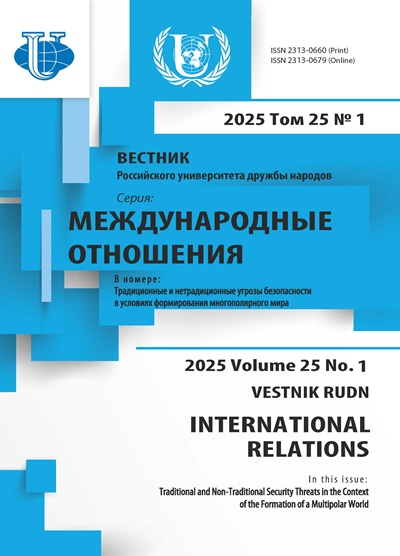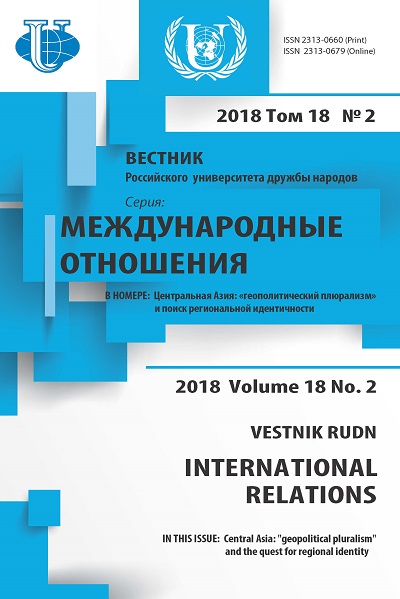Abstract
The research aims to analyze the Chinese BRICS presidency in 2017 from the standpoint of promoting adenga’s continuity, developing new initiatives and providing a balance of national and partner countries’ interests in the context of existing and new global challenges. To carry out the research the author applied historical and comparative analysis methods. The author comes to a conclusion that China was able to effectively organize its presidency’s agenda to promote its own initiatives while supplying partners’ demand hereby laying a basis for further cooperation development in the BRICS, first of all in the framework of the South African presidency in 2018. In the economic sphere a number of sectoral documents were approved to exchange experience between the participating countries, in particular the Framework on Strengthening the Economic and Technical Cooperation for BRICS Countries aimed at providing CNY500 million to boost practical cooperation. In the financial sphere, with an objective to promote the Chinese national currency at the international financial markets, China implemented steps aimed at developing cooperation in the monetary sphere that, obviously, in the interests of other BRICS member countries. Chinese national financial institutions broadened their engagement with the BRICS New Development Bank. China faces a wide range of social goals in line with the Sustainable Development Agenda. The Xiamen Declaration affirmed the BRICS members’ commitment to fully implement the Agenda 2030. Being interested in new technologies transfer China promoted an adoption of a long-term cooperation instrument in this sphere (BRICS Action Plan for Innovation Cooperation (2017-2020)). To expand its influence at the international scene China actively uses soft power mechanisms. Its BRICS presidency was not an exception. A wide number of events were organized to promote Chinese culture and language. For the first time the BRICS Sport games took place. In such a way the Chinese 2017 presidency reaffirmed the BRICS mission, adopted new decisions, in particular aimed at cooperation institutionalization, in the interest of China and partner countries.











